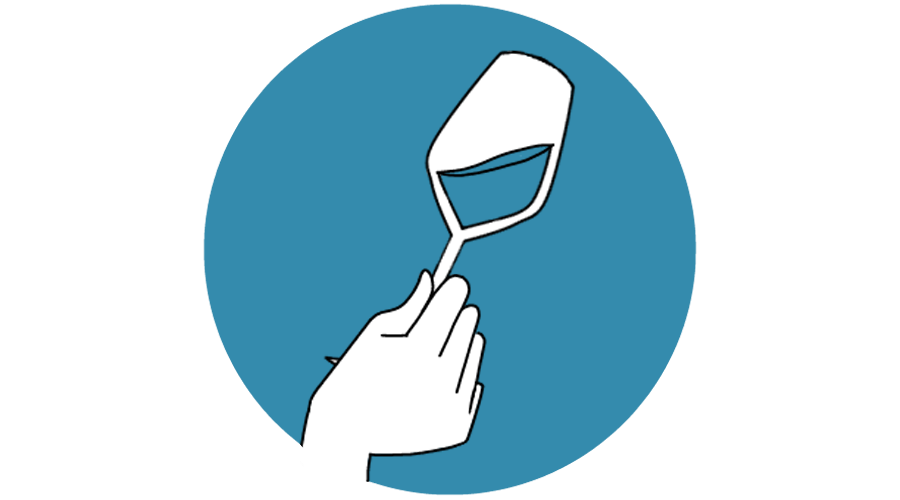Wine Market Investment Report October 2019
by CloMlr
2019-11-07

I wrote at the end of September that the market mood is sombre, it is a bit darker now. It is too early to be reflected in the monthly indices, but blue-chip Bordeaux prices are beginning to slide a little. The ongoing factors that have been keeping a lid on any sort of optimism, namely International trade wars, the Hong Kong political situation and Brexit have now been compounded by upcoming UK elections, in December, and therefore huge concerns over sterling, and US trade tariffs imposed by Donald Trump’s administration in retaliation on behalf of the airline industry (for Pete’s sake!). These tariffs are to the tune of 25%, added to the value of French, German and Spanish wines at 14.1% alcohol or below. Champagne is exempt - god knows why! One could argue that thanks to global warming there’s barely an investible wine made under that alcohol level these days but news like this tends to affect the market as a whole; people will not seek to differentiate one wine from another.
| Current Value | MTD | YTD | 1 Year | 5 Year | 10 Year |
| WO 150 Index | 321.96 | 0.02% | 3.46% | 3.67% | 67.21% | 101.28% |
| WO Champagne 60 Index | 489.4 | 0.07% | 4.60% | 6.22% | 70.83% | 170.94% |
| WO Burgundy 80 Index | 748.85 | 0.20% | 6.73% | 9.37% | 152.68% | 254.40% |
| WO First Growth 75 Index | 283.32 | 0.02% | 0.41% | 0.80% | 54.59% | 76.29% |
| WO Bordeaux 750 Index | 374.87 | 0.10% | 10.68% | 12.29% | 74.33% | 123.98% |
| WO California 85 index | 703.15 | -0.55% | 3.39% | 6.44% | 108.22% | 326.72% |
London based merchants have had little reason to be properly confident in the last few months and these latest two factors are enough to have toppled the balance. The same applies to private clients, be they drinkers or investors, but all players need the feel-good factor to make the wine market tick up. That is simply not around - UK consumer confidence is at its lowest point for six years, according to a recent YouGov poll. So, with the core of the market, in the form of London based merchants, cowering under their desks, the good folk of Hong Kong donning tear gas masks and fighting in the streets and with Uncle Sam’s citizens being asked for a further 25% in tax, there aren’t any hot spots of demand right now. These are all conditions that can, and will, change but for now it is tin hat time.
I have been arguing for a while that recent vintage (anything since 2005), highly expensive (albeit highly rated) wines from Bordeaux are still in huge supply. No one is drinking them as they are either far too young or just too expensive, fit only for the ‘money no object brigade’. Also, with the glut of ‘investment companies’ that existed during the glory days of the Bordeaux market, there are warehouses stuffed full of overpriced claret all over the land. Even the good guys of the wine investment world largely focus on very highly rated claret from good years, quite often without stopping to consider the price.
2009 and 10 First Growths have been my biggest sell recommendations so far this year, but I have expanded those thoughts and now, I would suggest that Bordeaux First Growths and equivalents since and including 2000 are a SELL; also, a lot of next tier down, Montrose and Pontet Canet ‘09 and ’10 for example, notwithstanding their incredible ratings. I would keep anything from 1990 and beyond due to rarity and would sit on the fence for anything in between, although I am sure that prices there will ease a little too.
I do not think the rest of the wine market will suffer to the same extent as Bordeaux, mainly because it’s not nearly so tradeable and doesn’t suffer from the over supply problem; Bordeaux is unique in this and with another great vintage around the corner (early reports suggest 2019 is going to be very good, but isn’t it always thus!) there’s another wall of stock on its way, probably much of it at the wrong price again.
Don’t get me wrong, I love Bordeaux and am very happy to accumulate and drink older vintages. For investing, I just prefer other regions right now, particularly Piedmont, Tuscany and vintage Champagne. Even in these tough trading conditions it’s actually quite difficult accumulating really good stocks of Piedmont at decent prices at the moment.
Below is a quick comparison between some great vintages of Mouton Rothschild versus Bartolo Mascarello, one of the best Barolo producers. Mascarello is not the household name that Mouton is but it is the qualitative equivalent, is produced in tiny quantities (easily less than a tenth of Mouton) and is held almost entirely by the cognoscenti who are likely to drink it themselves. Mouton, on the other hand, can be found in cellars from the cognoscenti to the cretini! The message is clear, and the relative bet to my mind is absolutely nailed on (as they say on the racetrack).
Even taking into account trading spreads and expenses I would happily recommend selling Bordeaux blue chips and reinvesting in other areas. The difference between the per bottle prices of equivalents elsewhere suggest there’s plenty of upside in the trade.
Miles Davis 7th November 2019
Posted in:
Tags:
fine wine, investing in wine, wine investment, wine investment analysis, wine market,

